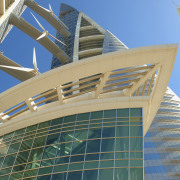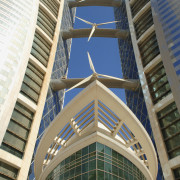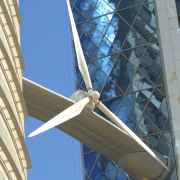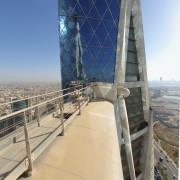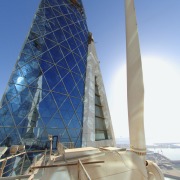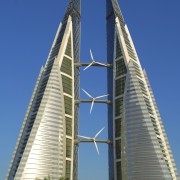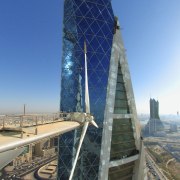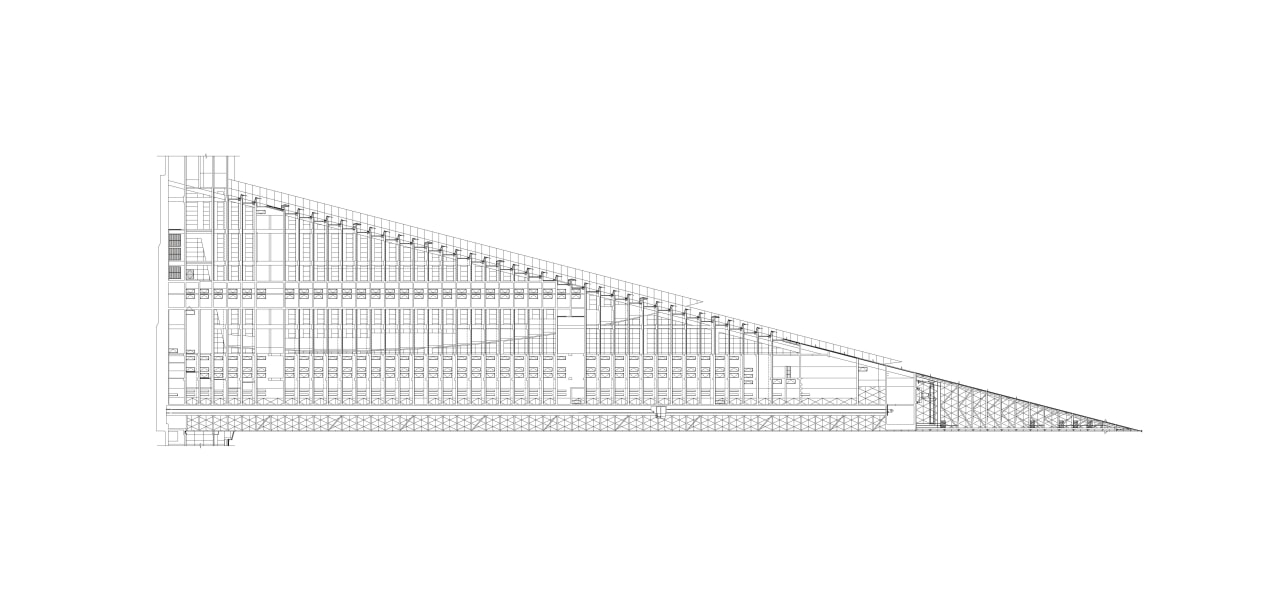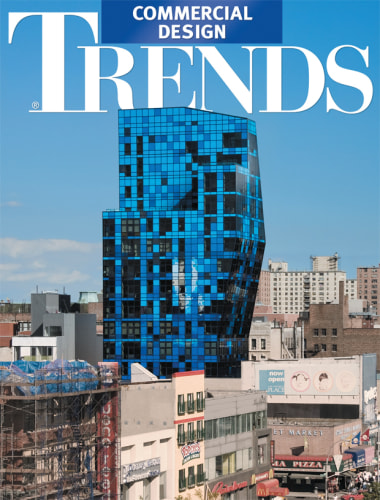Winds of change
With three large turbines and tapered buildings designed to funnel the wind, the new Bahrain World Trade Center is expected to meet up to 15% of its electricity needs
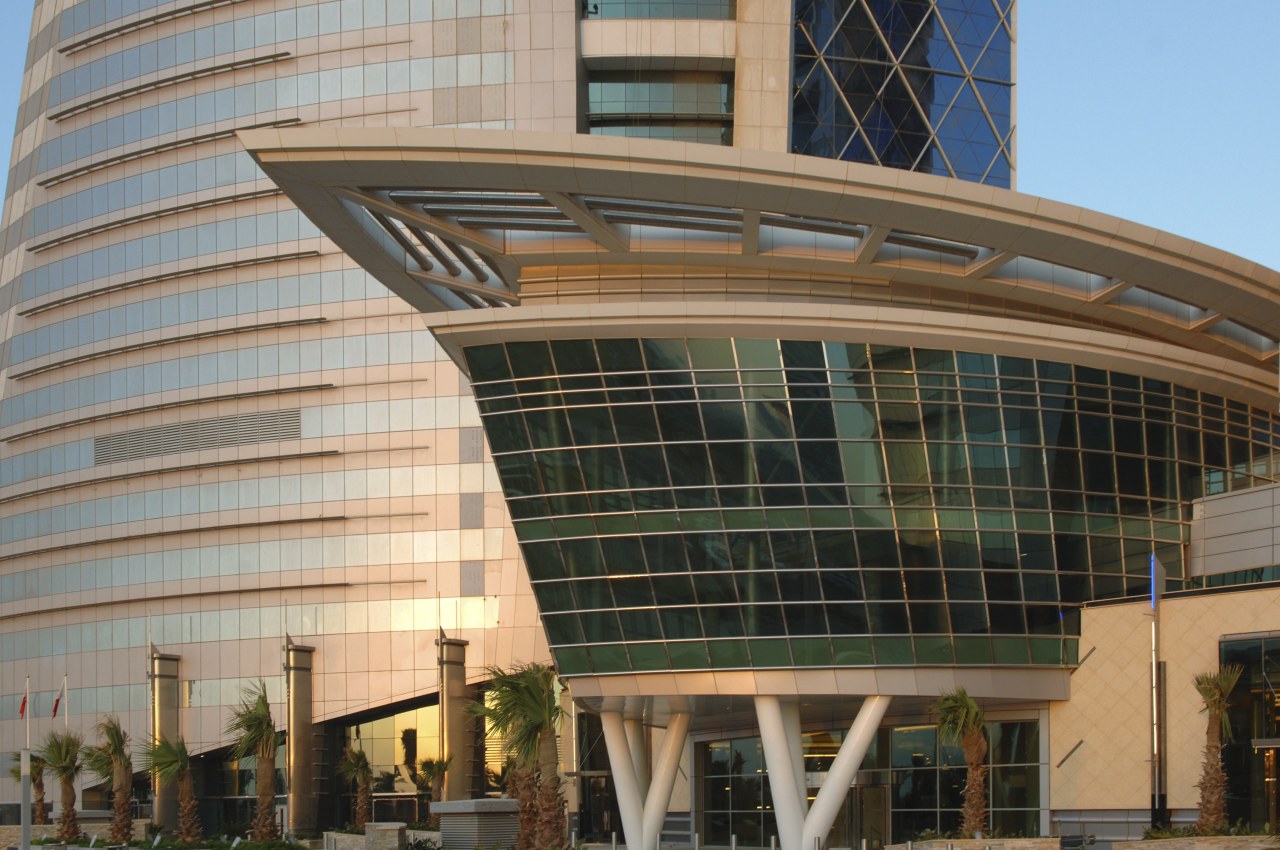
Even in an oil-rich country there is an incentive to provide sustainable design alternatives. The new Bahrain World Trade Center (BWTC) in Manama, designed and engineered by Atkins, needed to be a flagship development that would raise the profile of the city, but it also needed to incorporate renewable energy solutions within sustainable architecture.
Ironically, the precedent-setting, technologically advanced project that followed was inspired by traditional Arabian wind towers, which use their shape to harness the unobstructed prevailing onshore breeze.
Chief architect Shaun Killa says Atkins saw an opportunity to pursue a long-held interest in the use of large-scale wind turbines on building towers. But at the same time, the company was aware the concept had never been tried before.
"The first challenge was to understand the constraints on how wind turbines work," Killa says. "This then had to be combined with a building form that created the most favourable wind patterns, and at the same time, was efficient and economically driven."
After months of research, which included extensive dialogue with turbine manufacturers, feasibility studies, computational fluid dynamics modelling and wind tunnel testing, the design team came up the concept of two 50-storey sail-shaped office towers. The towers taper to a height of 240m and support three 29m-diameter horizontal-axis wind turbines.
"The client embraced the idea right from the outset, knowing there would be a benefit in terms of both energy savings and the simultaneous creation of an iconic symbol that would lead the way for sustainable design in the Middle East," says Killa.
Research by Atkins had shown that the large-scale integration of turbines into buildings mostly failed because of the excessive cost, which could be up to 30% of the project value.
"The success of the BWTC is that the design incorporates standard type-tested wind turbines that have been adapted to this application with fairly minimal modifications," the architect says. "This helped to reduce the cost of integrating them with the building. The premium for achieving this was around 3.5% of the project's value."

Killa says he used his 20 years' experience of sailing to help determine the optimum shape for the towers, which needed to direct the wind so it would be perpendicular to the horizontal-axis turbines.
"We designed the two towers so they would funnel the onshore wind between them, while simultaneously creating a negative pressure behind in order to accelerate the wind velocity."
Killa says he was surprised by the better-than-expected performance revealed by the wind tunnel tests. The wind stream was found to be nearly perpendicular to the turbines, and as the wind shifted, an S-form wind stream was created due to the negative pressure behind the windward tower. This widens the operational period, therefore producing more energy.
"We were also astounded by the way the towers' tapered shape created the same wind regime on each turbine. This is due to the increasing wind velocity with height combined with the reduced funnelling effect of the towers as they ascend."
The turbines produce between 11% and 15% of the towers' total electrical consumption.
Although iconic in design, the towers are not the only feature of the BWTC site. Atkins also designed extensions to the existing shopping centre and a new mall, and combined the whole development, which includes the Sheraton Hotel, into one cohesive project.
Other sustainable design initiatives were incorporated in the development. These include buffer spaces between the external environment and the air conditioned interior. For example, a car park deck above and on the southern side of the mall will reduce the air temperature and minimise solar gain on the interior.Deep gravel roofs were also provided in severallocations, to provide kinetic insulation.
The architects designed a significant proportion of projectile shading to external glass facades, and introduced balconies to the sloping elevations with overhangs that provide additional shading. Where shading is not provided, a high-quality solar glass was used. This has a low shading coefficient to minimise solar gain. Low-leakage, openable windows allow mixed-mode operation in winter months.
Dense concrete core and floor slabs help reduce peak demand for air and chilled-water conditioning systems. And a heat recovery system uses pre-cooled air to chill fresh air coming into the building.
Other sustainable design initiatives include the use of variable-volume chilled water pumping, which uses significantly less pump power than conventional constant-volume pumping.
Energy-efficient fluorescent lighting with zonal control also saves energy. Outside, there is solar-powered road and amenity lighting. Reflective pools at the building entrances provide local evaporative cooling, and there is extensive landscaping to reduce glare and CO2, and provide shading to car parks.
The building incorporates dual drainage systems that segregate foul and waste water and allow grey water recycling to be added at a later date.
Killa says the development sets a technological precedent, which he hopes will also raise the global awareness of the importance of environmentally sustainable design.
"We are very optimistic about the future because we have clearly demonstrated that we can create a commercial development that is underpinned by an environmental agenda."
Credit list
Location
Civil, mechanical and electrical engineer
Main contractor
Turbine design and supply
Lifts contractor
Client representative and cost manager
Fire engineering
Aluminium cladding
Architect
Sustainability engineer
Mechanical and electrical contractor
Fire protection and detection
Intelligent building systems contractor
Bridges
Specialist lighting consultant
Glazing
Story by: Colleen Hawkes
Home kitchen bathroom commercial design


